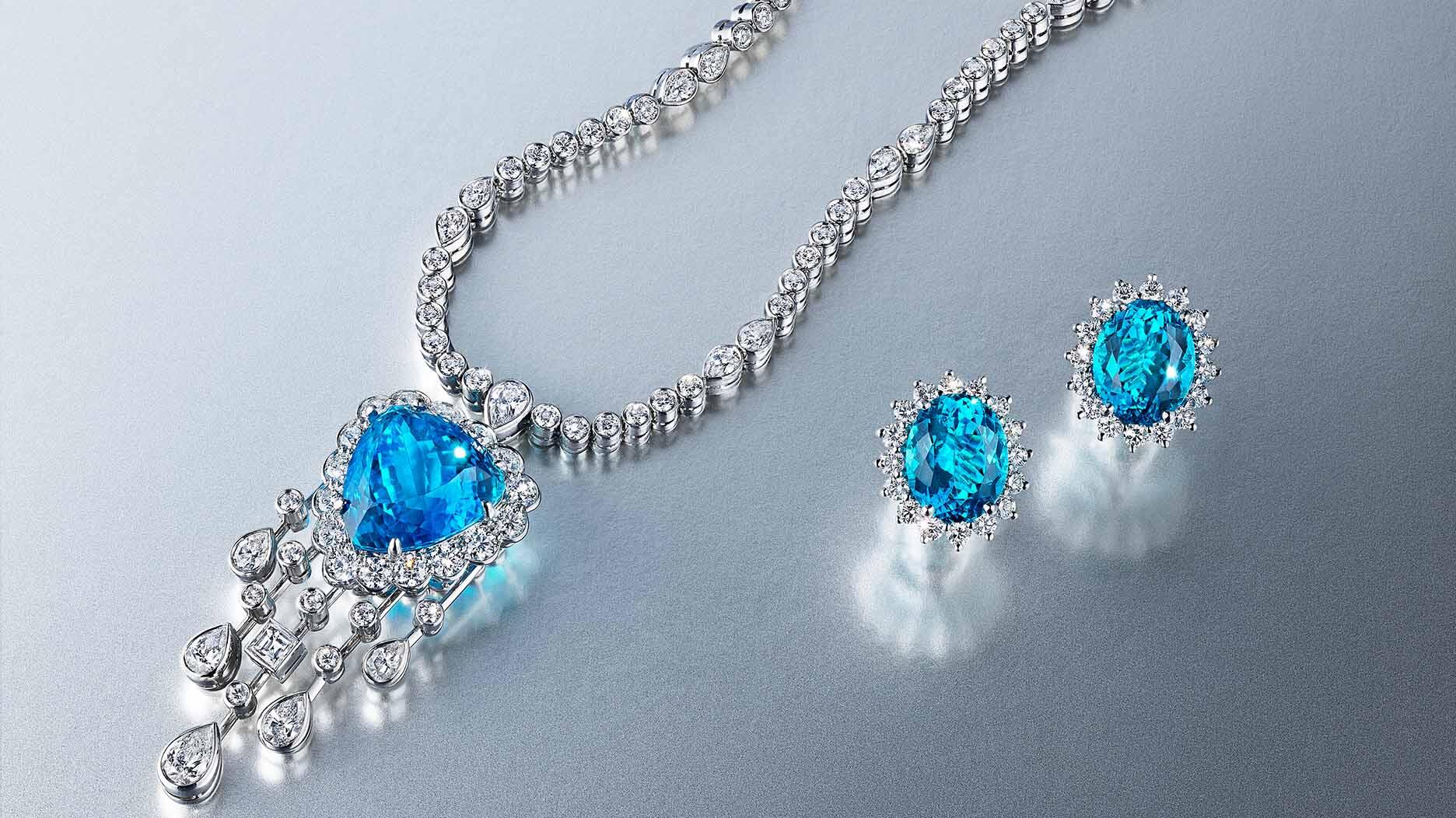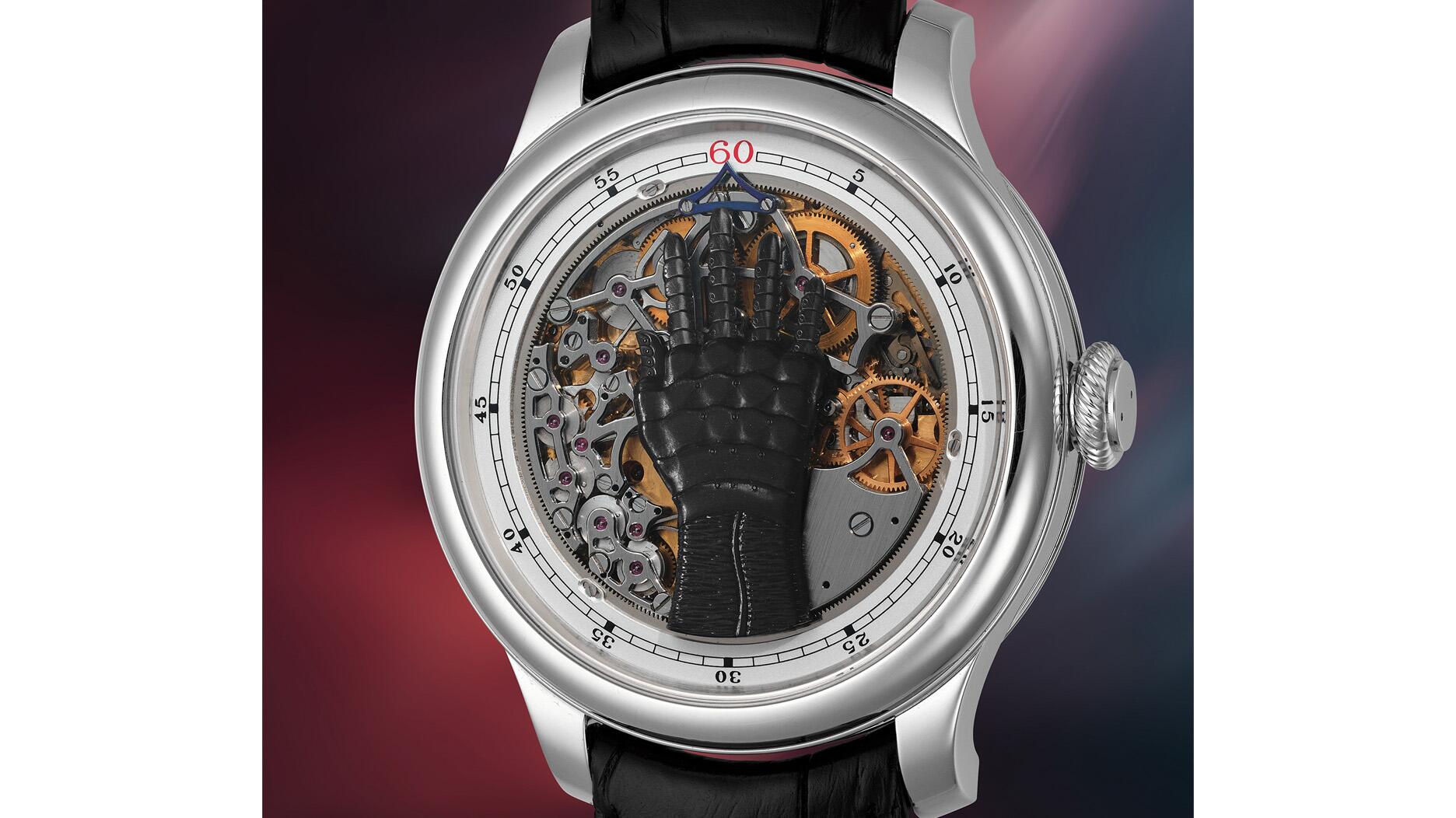Carlos Jose Hernandez and Joshua Zuazo were sentenced to life without the possibility of parole in the 2024 murder of Hussein “Sam” Murray.
‘Taj Mahal’ Pendant Back at the Center of Dispute
The estate of the late Elizabeth Taylor is suing Christie’s again over the cancelled sale of the heart-shaped diamond necklace.

New York--The dispute around the late Elizabeth Taylor’s “Taj Mahal” diamond necklace is back.
Taylor’s estate sued Christie’s in federal court in 2015 in a case that centered on the cancelled sale of the diamond. It was dismissed after both parties agreed to try to settle privately.
But on Thursday, co-trustees for the Sothern Trust, the late actress’s trust, filed another lawsuit in the Supreme Court in Manhattan against the New York-based auction house.
After Taylor’s death in 2011, her estate tasked Christie’s with selling some of her most prized possessions through auctions held in both New York and London.
According to the latest lawsuit, following the sales, Christie’s “failed to abide by its contractual obligations under the consignment agreement and blatantly disregarded its fiduciary duties to the trust.”
The auction house, the lawsuit claims, cancelled the sales of certain auction items without notifying or discussing it with the trust.
The primary dispute on which this new lawsuit is centered again is the sale of the “Taj Mahal,” a heart-shaped, table-cut diamond pendant that was the third highest-grossing lot of the auction.
(The diamond is inscribed with the name Nur Jahan, the wife of Mughal emperor Shah Jahangir. It is believed to eventually have been a gift from the ruler to his son, who became Emperor Shah Jahan and later built the Taj Mahal in memory of his late wife Mumtaz Mahal, hence the stone’s name.)
Taylor’s husband, actor Richard Burton, bought it from Cartier and gave the jewel to Taylor for her 40th birthday. At the record-setting auction of Taylor’s massive jewelry collection in 2011, Christie’s sold it to an anonymous buyer for $8.8 million.
Months after the auction ended, the buyer asked Christie’s to cancel the sale of the stone and give him back his money because he believed that the diamond did not actually belong to Emperor Shah Jahan.
But in its lawsuit, the trust claims that Christie’s never guaranteed the age of the diamond in its pre-auction materials, instead only saying it was an “Indian diamond,” a fact with which the buyer does not dispute.
The trust added in the suit that claims made outside of that vocabulary were done by Christie’s representatives during public appearances, which still does not warrant cancellation of the sale.
“Despite facing no credible threat of legal liability, Christie’s nonetheless rescinded the sale of the diamond. In doing so, Christie’s not only deviated from
After Christie’s cancelled the sale, it demanded the trust return the proceeds; the trust has declined to refund the money.
In a statement about the new lawsuit, Christie’s said: “Both parties believe the other owes them money as a result of the auction. We have been discussing this matter for some time. The trust apparently decided to cease discussions and instead pursued legal action without notice. Christie’s believes it is unfortunate that this issue cannot be resolved through mediation, especially given the success of the sale held for the trust’s benefit.”
The trust’s lawsuit goes on to list five other items that Christie’s was said to have sold at auction but has not given the estate money for, and also claims that Christie’s has withheld $2.9 million from the sale of a Bulgari ring in an attempt to “strong-arm” the trust into returning the Taj Mahal proceeds.
The trust is asking that the court find that it doesn’t have to return proceeds from the sale of the Taj Mahal diamond to Christie’s; an “accounting” of the cancelled sales; and either a return of the aforementioned five items or compensation for the full amount of their sales; and a $2.9 million payment for the Bulgari ring, among other things.
The Latest

Yood will serve alongside Eduard Stefanescu, the sustainability manager for C.Hafner, a precious metals refiner in Germany.

The New Orleans jeweler is also hosting pop-up jewelry boutiques in New York City and Dallas.

How Jewelers of America’s 20 Under 40 are leading to ensure a brighter future for the jewelry industry.

The jeweler’s “Deep Freeze” display showcases its iconic jewelry designs frozen in a vintage icebox.


Take luxury gifting to new heights this holiday season with the jeweler’s showstopping 12-carat sphene ring.

This year's theme is “Unveiling the Depths of the Ocean.”

Roseco’s 704-page catalog showcases new lab-grown diamonds, findings, tools & more—available in print or interactive digital editions.

In its annual report, Pinterest noted an increase in searches for brooches, heirloom jewelry, and ‘80s luxury.

Starting Jan. 1, customers can request the service for opal, peridot, and demantoid garnet.

The 111-year-old retailer celebrated the opening of its new location in Salem, New Hampshire, which is its third store in the state.

The new catalog features its most popular chains as well as new styles.

The new location in the Design District pays homage to Miami’s Art Deco heritage and its connection to the ocean.

Inflations, tariffs, and politics—including the government shutdown—were among consumers’ top concerns last month.

“Longtime favorite” presenters, as well as first-time speakers, will lead talks and workshops at the annual event in Tucson next year.

Silas Smith of Meridian Metalworks won the challenge with his pendant that blends Australian and American landscapes.

The sale of the 31.68-carat, sunset-hued stone was part of Sotheby’s first series of events and auctions in Abu Dhabi.

Most customers who walk into your store this month have made up their minds. Your job is to validate their choice, Emmanuel Raheb writes.

The collection features characters and motifs from Ukrainian folklore, including an enchanted mirror and a magic egg.

MatrixGold 3.11, the newest version of the jewelry design program, offers more flexibility, precision, and creative control.

The pavilion will be part of the 2026 JA New York Spring show, scheduled for March 15 to 17.

Kadet, a 1994 National Jeweler Retailer Hall of Fame inductee, helped grow the family-owned retailer in the Chicago area and beyond.
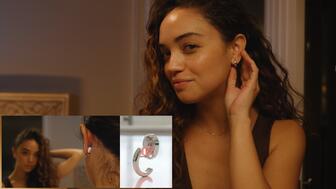
Billed as the world’s smallest wearable, Lumia Health’s new smart earrings have a health tracker subtly embedded in the back.
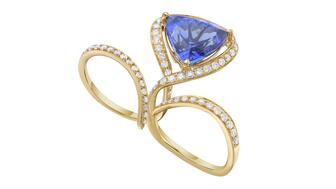
Don’t let those with December birthdays feel blue. Help them celebrate their month with blue zircon, turquoise, and tanzanite.
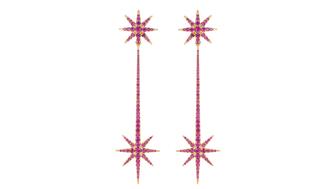
The new pink sapphire version of the piece dances with its wearer in the brand’s “Icons After Dark” holiday campaign.

A choice that’s generated a lot of commentary, Pantone says “Cloud Dancer” marks a fresh start and encourages relaxation and creativity.

The manufacturer’s holiday campaign features a gift guide filled with trending designs and jewelry that can be personalized.









